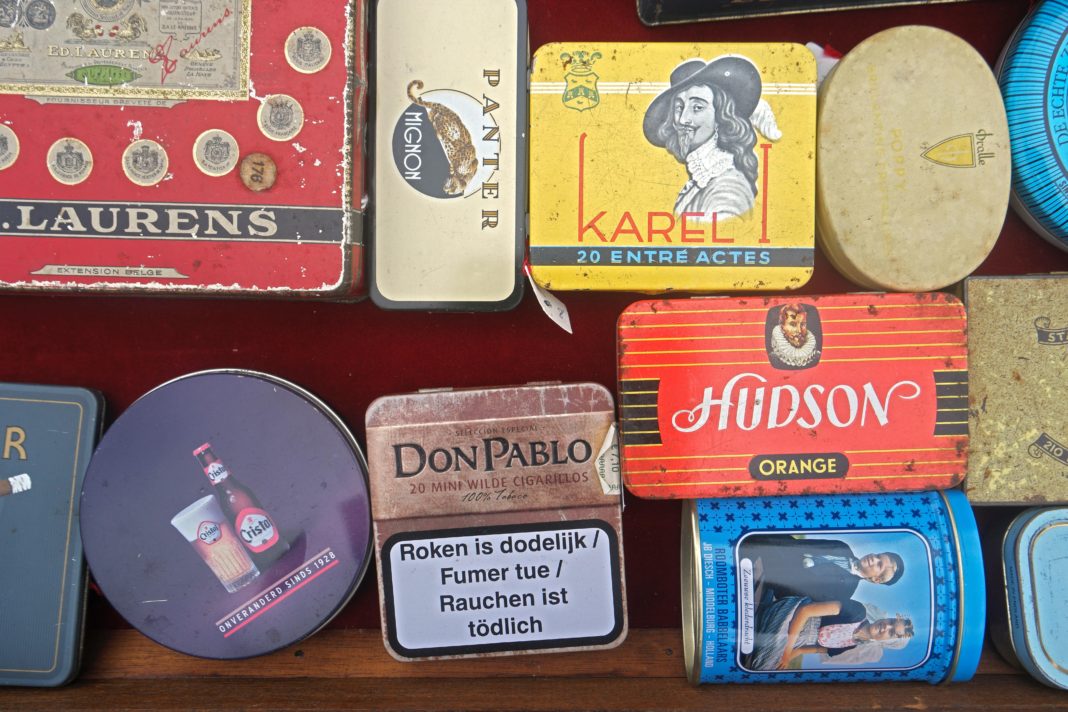You may think of tin as a humble metal, and you aren’t alone. Tin is often overlooked, but the element is certainly not without value. Tin has an important place in yours and many other modern lives. Read on to discover five things you probably didn’t know about tin.
1. “Tin cans” aren’t really tin at all
If you ask anybody to think of the major uses of tin, they’ll almost always reply “tin cans”. In reality, tin cans have never been exclusively made of tin. In 1810, French chef Nicolas Appert earned himself a prize of 12,000 francs for inventing the canning process, in which boiling water was used to seal and preserve food and beverages in jars or bottles. The reward had been offered a whole 15 years earlier by Napoleon Bonaparte, who was desperate to find a way to preserve food for his armies.
Once Appert had figured out the crucial first steps, a British merchant called Peter Durand patented tin-plated steel cans a year later. Steel was a relatively cheap material, and tin’s corrosion-resistant properties made it an ideal coating. By 1818, the tin can had reached America, where manufacturers Thomas Kensett & Co patented it there too. When the Civil War began, tin cans once again became an invaluable method of feeding soldiers.
Tin’s time in the consumer goods spotlight came to an end when Coors Brewery introduced the first aluminium can. This remains the cheap, light-weight, recyclable variety from which many of us consume food or drink daily.

2. History owes something to tin
The biggest role that tin has historically played was in the making of bronze. The alloy that gave the Bronze Age its name can be made from tin, copper, or one of a few other metals, with tin being the element of choice as many as 5,000 years ago. Tin has historically been used alone too, as archaeologists discovered in 2011 while excavating at Jerusalem’s Temple Mount. A piece of tin that was found, stamped with “pure for God” in Aramaic, may have been a seal for marking ceremonially pure objects used in rituals.
3. Tin may become an invaluable conductor in future
Researchers from Stanford University and the US Department of Energy’s SLAC National Accelerator Laboratory have invented a one-atom-thick layer of tin that they call stanene. The high-tech substance’s distinctness comes from its ability to conduct electricity at room temperature with 100 percent efficiency. Tin hadn’t previously been tested for this purpose, and became the first-known substance with this quality.
A physicist at Beijing’s Tsinghua University called Yong Xu explained that he and his colleagues discovered that when tin atoms are arranged in a single layer, tin’s properties change. Electronics made with stanene would therefore produce less heat and consume less power compared to their silicon equivalents.
4. Tin is called “the spice element” because it gives flavour to our lives
While tin is relatively rare (comprising just two parts per million of the Earth’s crust), it is central to modern lifestyles. It’s mostly found as an alloy, in combination with other metals. For instance, copper and other metals mix with tin to make pewter, a silver lookalike that is often used to make tableware. Glass for windowpanes is moulded from molten tin, which smooths its surface. Alloys made from tin and lead have traditionally been used to make solder, which has spiked in demand because of the growing use of solder ribbon to join solar cells. Even the more recent trend for lead-free soldering has kept demand for tin for solder usage relatively stable. Tin is found in brake pads and has several other uses in vehicles. It’s also found in cement additives, fire retardants, and even has a few medical applications.
When tin atoms are arranged in a single layer, tin’s properties change and it becomes a perfect conductor of electricity at room temperature.
5. Tin has a role to play in green energy
The use of tin in lead-acid batteries is on the rise, especially in China as more micro-hybrid vehicles enter the market. The lead-acid battery is the oldest type of rechargeable battery (it’s been around since 1859) and can supply high-surge currents, giving cells a relatively large power-to-weight ratio.
Some experts say that tin may be the “forgotten” metal in lithium ion batteries for the Electric Vehicle (EV) market. The element is steadily building a reputation for itself as a performance-enhancing component in advanced anode materials.
Tin and its alloys are likely to be used in anode materials for the next generation of battery products, like magnesium ion, sodium ion, and potassium ion. There may also be a place for tin in liquid metal technologies.
Tin has also established itself in solar photovoltaic technology as a replacement for rarer (and more costly) elements such as gallium. Wherever you see a solar panel, solar photovoltaic technology is being employed to convert sunlight into electricity using semiconductors.
Tin has already been on quite a journey, all the way from its role as the vital element that enabled the remarkable strides of the Bronze Age. As solar power, batteries, and other new technologies continue to shape our future, tin will continue to be important. Tin ore in Zambia’s Southern Province represents an unmissable opportunity to mitigate the economy’s reliance on copper. And, with tin prices on the rise in the international market, the time to kick-start more tin ore exploration projects in Zambia is now.
See also: Five things you didn’t know about copper and green tech


























